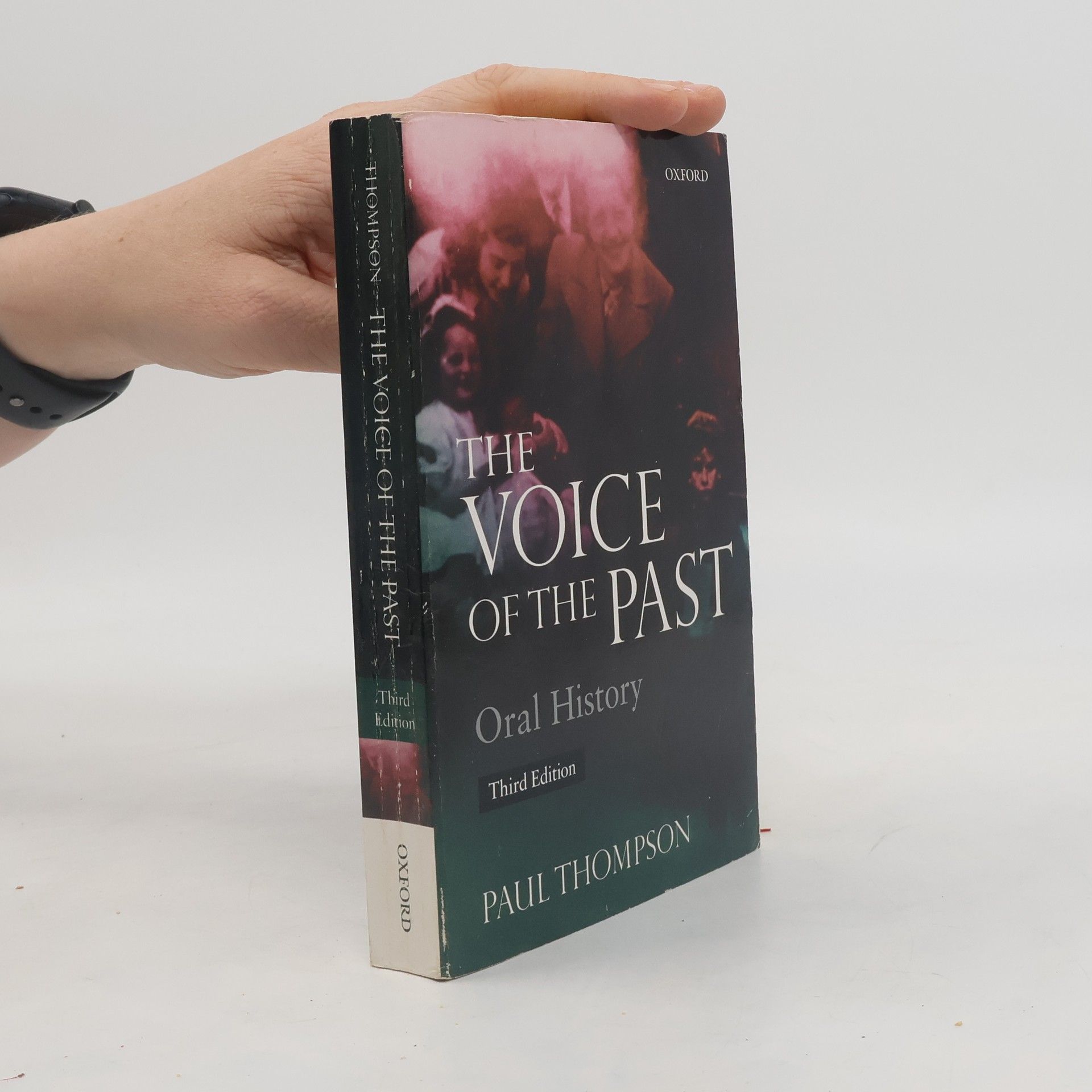Nové, aktualizované a doplněné vydání turistického průvodce Irskem. Najdete v něm přehledně a detailně popsané hlavní turistické trasy, pamětihodnosti, hotely, ale i tipy na individuální turistiku, včetně cen ubytování, dopravy a potravin. Dozvíte se spoustu užitečných informací o historii a kultuře od pravěku až po současnost, včetně detailů o turisticky atraktivních místech, ale i o zapadlých koutech, kde na vás dýchne duch a atmosféra dávných dob. Průvodce je samozřejmě doplněn velkým množstvím map a barevných fotografií. Třetí vydání.
Ciara Kenny Book order




- 2017
- 2015
Annotation. Lover luck and larceny : memoirs from Broome, (Non-fiction), by Cambridge scholar John Thompson-Gray, tells stories of lives deflected by the Battle at Broome. It flies under the Sydney Harbour Bridge, sinks submarines, answers enemy fire, rescues the stranded, survives POW camps, does aerobatics, finds romance, escapes from Red Russia, ditches in the English Channel, develops the Zero fighter, survives cyclones, stitches battle wounds, collects Luck, snares cold case diamond thieves and romps through recent history. The memoir of Aboriginal-European sea Captain Alfred Brown shows that a father's love can be an example to us all, while the power of Divine Love underwrites the life of missionary surgeon Dr Jean Davies. Shibata's dedication to the Zero fighter and Lamade's dedication to USS Houston are stories of flying sailors. New research reveals untold stories of luck, love and grand larceny. In many cases the woman's heroism is as significant as that of her partner and this is captured in six memoirs of love affairs: Shadforth and Brown, Macherez and Winckel, Welter and Droste, Shepherdson and Hasselo, Hardwiger and Woods, Linnet and Smirnov. Jack Palmer's love of the beachcomber life becomes a Grand Larceny 'Whodunit' when thirty thousand diamonds disappear from a plane shot down during the attack. Readers are invited to sleuth along. Some of the background stories are Captain Lester Brain of Qantas; Americans Lieutenant Colonel Richard A. Legg, Dr- Captain Charles A. Stafford and Sergeant Melvin O. Donoho of the U.S.A.A.F; lifesavers Harold Mathieson, Charles D'Antoine and Robin Hunter at Roebuck Bay; overland rescuers Brother Richard Bessenfelder, WO Gus Clinch and stockman Joe Bernard to Carnot Bay; Zero pilots Zenziro Miyano and Osamu Kudo; souls lost to the sea and many spared by an upper level northerly wind
- 2015
From Field to Fork
- 288 pages
- 11 hours of reading
Paul B. Thompson covers diet and health issues, livestock welfare, world hunger, food justice, environmental ethics, Green Revolution technology and GMOs in this concise but comprehensive study. He shows how food can be a nexus for integrating larger social issues in social inequality, scientific reductionism, and the eclipse of morality.
- 2000
The author offers advice on designing an oral history project; discusses reliability of oral evidence; considers the context of the development of historical writing including its social function; and looks at memory, the self and the use of drama and therapy. schovat popis